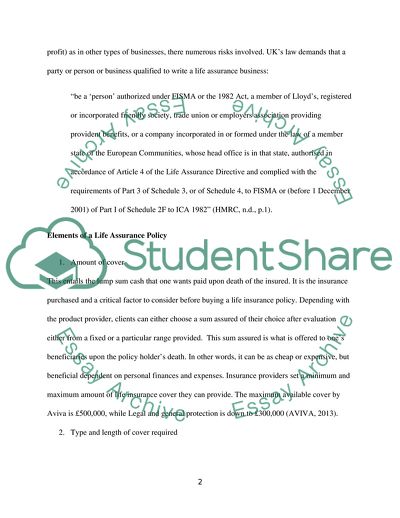Cite this document
(UK Life Assurance in relation to personal finance Essay, n.d.)
UK Life Assurance in relation to personal finance Essay. https://studentshare.org/finance-accounting/1867180-uk-life-assurance-in-relation-to-personal-finance
UK Life Assurance in relation to personal finance Essay. https://studentshare.org/finance-accounting/1867180-uk-life-assurance-in-relation-to-personal-finance
(UK Life Assurance in Relation to Personal Finance Essay)
UK Life Assurance in Relation to Personal Finance Essay. https://studentshare.org/finance-accounting/1867180-uk-life-assurance-in-relation-to-personal-finance.
UK Life Assurance in Relation to Personal Finance Essay. https://studentshare.org/finance-accounting/1867180-uk-life-assurance-in-relation-to-personal-finance.
“UK Life Assurance in Relation to Personal Finance Essay”. https://studentshare.org/finance-accounting/1867180-uk-life-assurance-in-relation-to-personal-finance.


